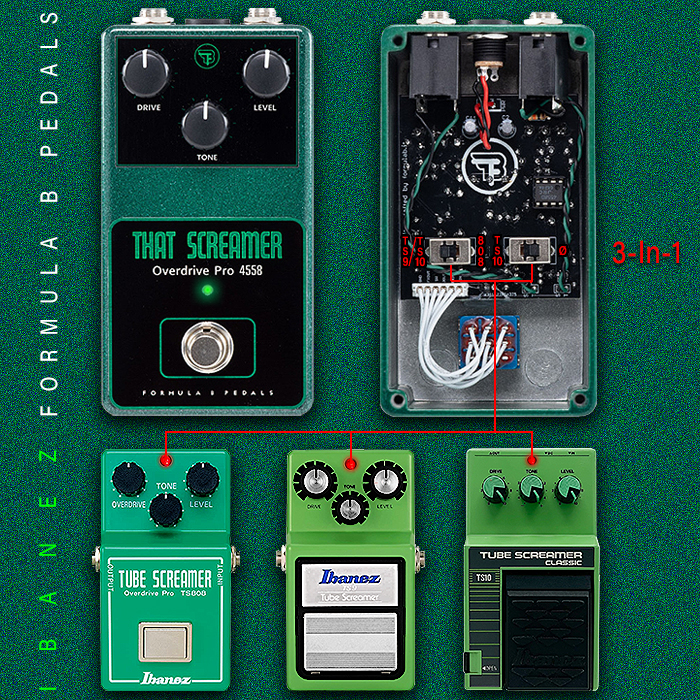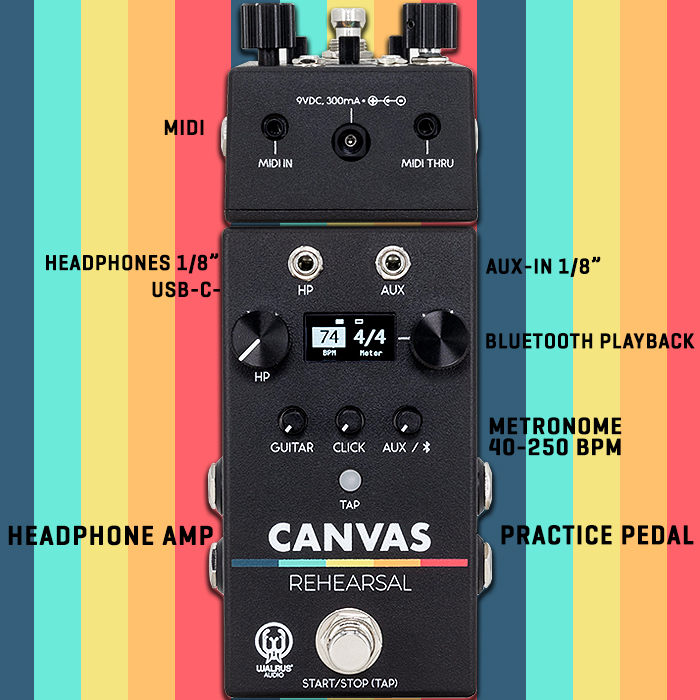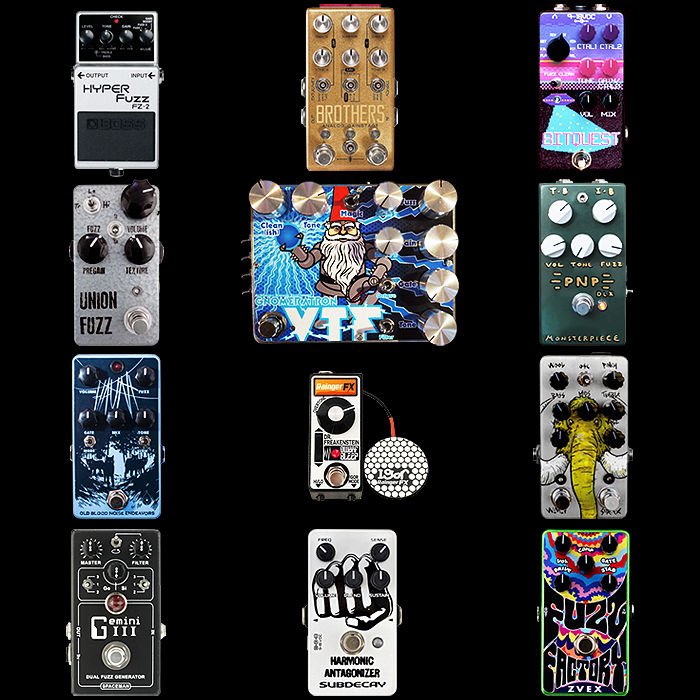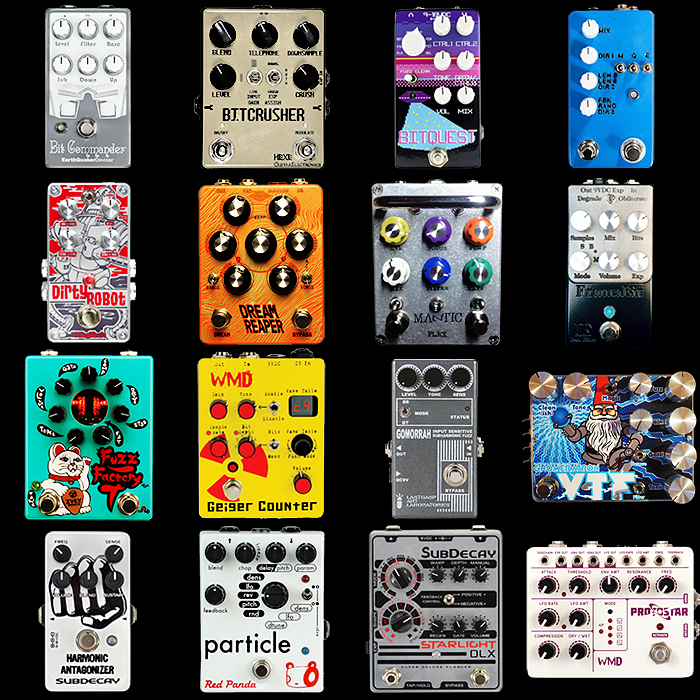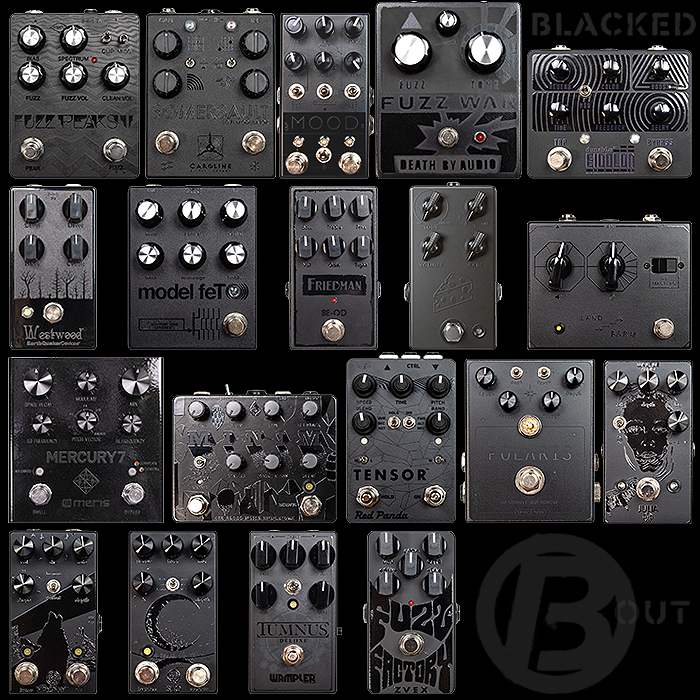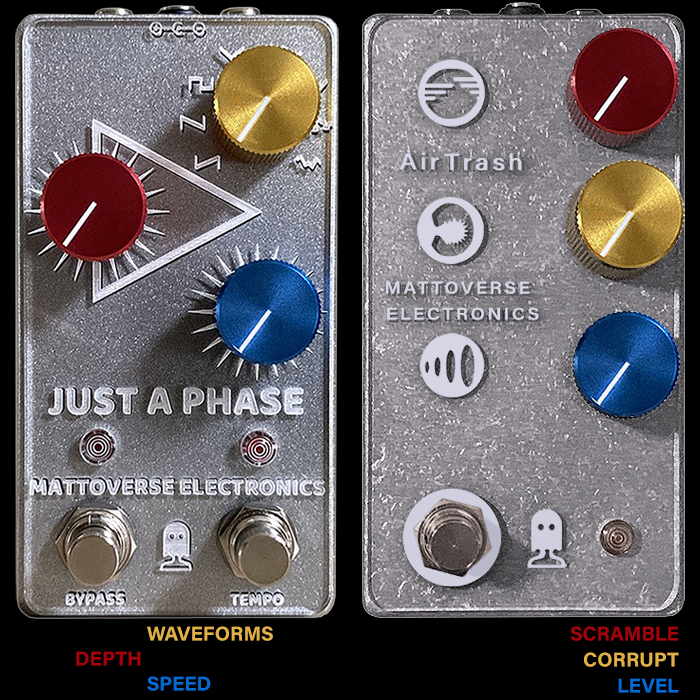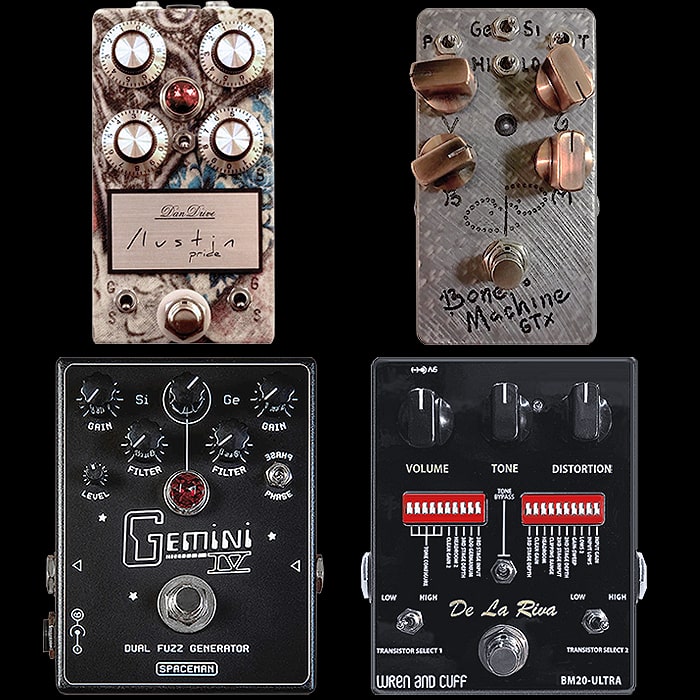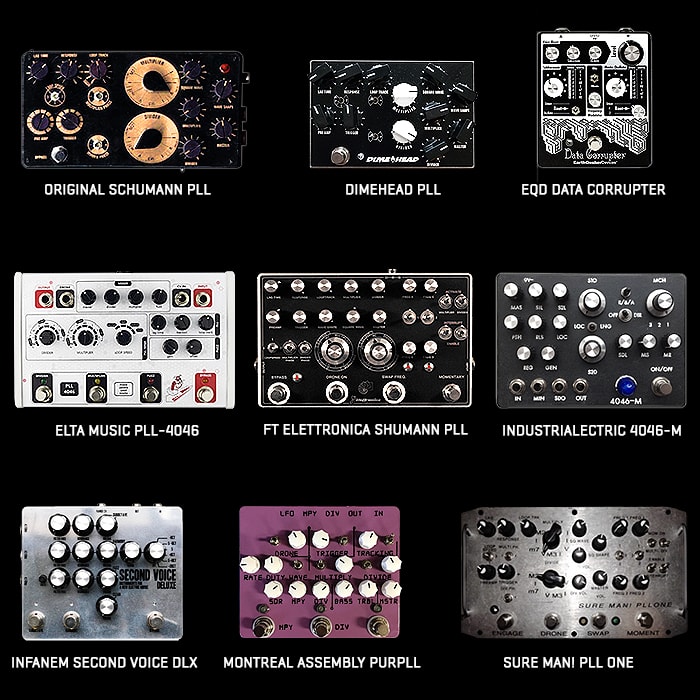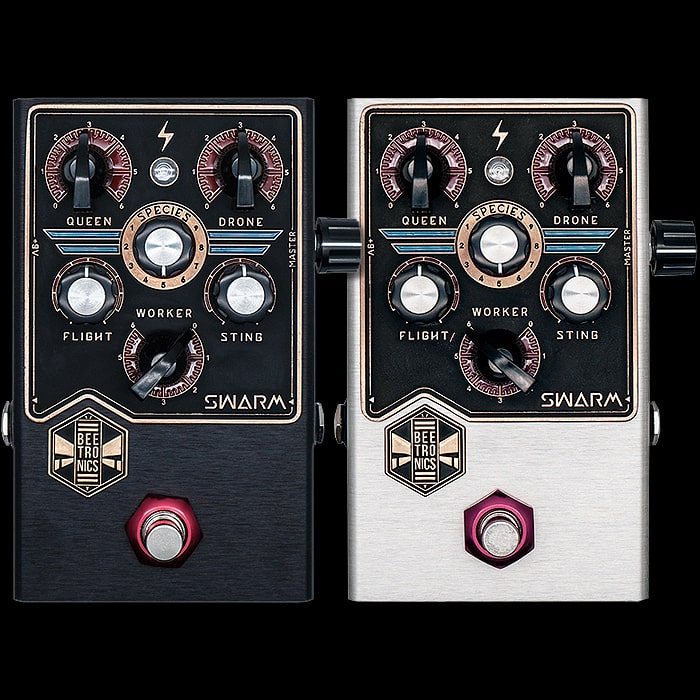Hungry Robot's The Stampede is a killer and affordable CMOS Glitchy Square Wave Fuzz

Hungry Robot’s new 2-knob fuzz runs off a 4069 CMOS chip for chaotic, synth-esque, fuzz tones. CMOS fuzzes work by taking your signal and transforming it into a square wave which makes it sound like a synth. To liven things up a bit, The Stampede has a fixed 3-band active EQ with the Low Pass and High Pass running hot and the Band Pass subtly scooping out the midrange.
Controls - Volume, Sensitivity (Input Gain)
The two-knob setup allows for simple control. The large knob controls the volume and the small knob sets the sensitivity - where the Sensitivity dials in the volume of the signal before it hits the front end of the CMOS chip.
The Sensitivity knob can range from barely registering to full-on self-oscillation with a lot of fun and variety in between. Results will vary depending on your setup.
For a typical setup, a lower Sensitivity setting creates an accidental sub-octave when dialled in real low. As you turn the knob higher it starts to function as intended. Your guitar’s tone knob lets you adjust the smoothness of the fuzz without affecting the output sound... your tone knob is a low-pass filter that simplifies the sound wave allowing for the CMOS to register your sound more accurately.
The higher you turn the sensitivity knob, the more artifacts you get as the circuit starts to become more unstable and more glitchy. With it maxed out, you will likely experience max chaos with self-oscillation as the CMOS chip is picking up any trace of floor noise and trying to convert that into a square-wave.
This is exactly the kind of Fuzz I love - slightly unruly and runaway - which you kind of have to wrestle and tussle with but are never really in control on max settings. That’s where all the fun is - at its craziest extremes. Of course you can tame things by dialling things back - but what is the point of that! This fuzz is supposed to be wild!
Available right now for just $100 and equivalent from the Hungry Robot Webstore and at leading dealers.
Demos











